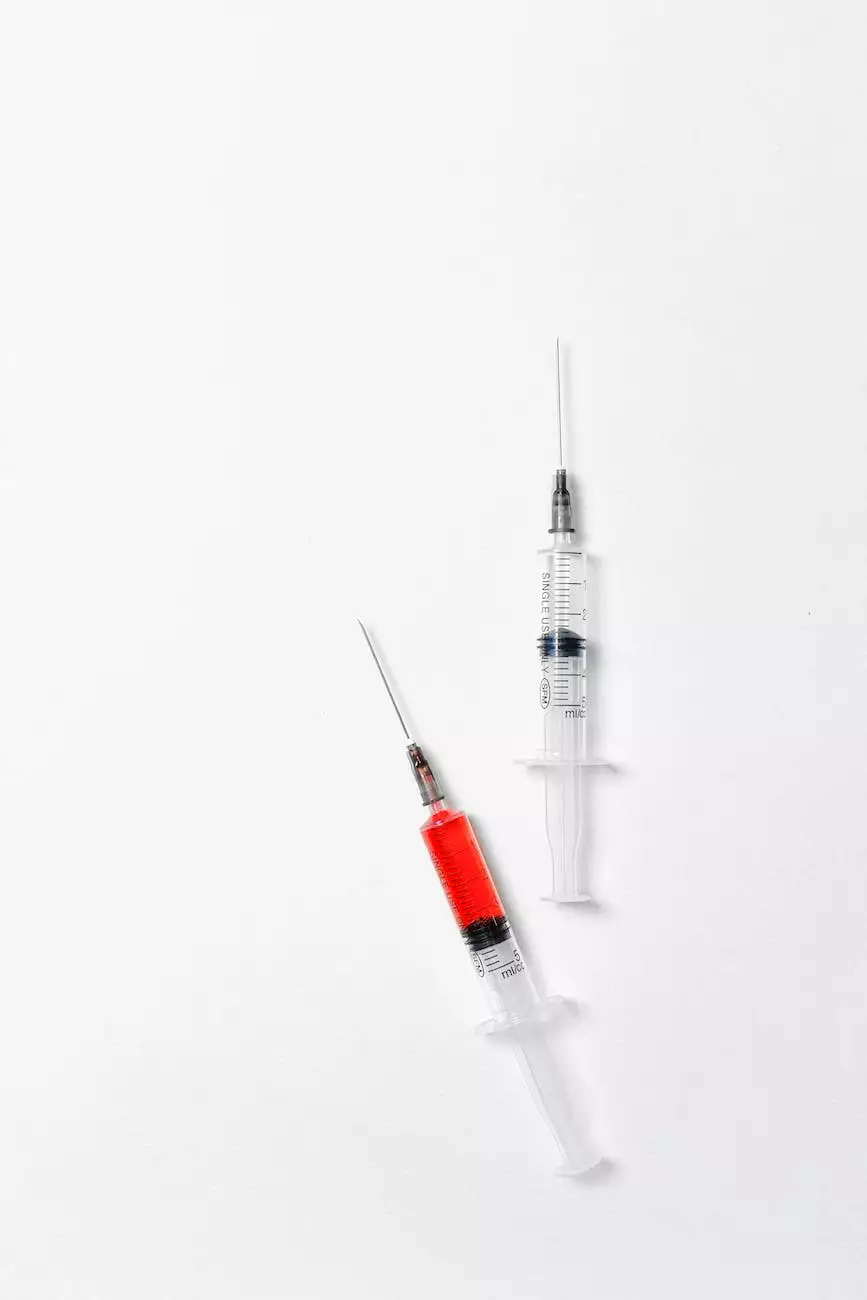Understanding the Causes of Phlebitis

Introduction
Welcome to Vein Center of Arizona, your premier destination for specialized vascular medicine. As leaders in the field, our dedicated doctors are here to educate and assist you in all aspects of your vascular health. In this comprehensive article, we will delve into the causes of phlebitis, shedding light on this condition that affects many individuals seeking optimal health.
Phlebitis Defined
Phlebitis is the inflammation of a vein, usually occurring in the legs. This condition can cause discomfort, swelling, and redness, making it crucial to understand its underlying causes to prevent or treat it effectively.
Common Causes of Phlebitis
1. Prolonged Immobility
Prolonged periods of inactivity, such as long flights or bed rest, can increase the risk of developing phlebitis. When the leg muscles aren't engaged, blood flow may become sluggish, leading to potential clot formation and subsequent inflammation.
2. Venous Insufficiency
Venous insufficiency occurs when the veins struggle to efficiently return blood to the heart. This can be caused by weak vein walls or dysfunctional valves within the veins. The resulting blood pooling can contribute to the development of phlebitis.
3. Injury or Trauma
Direct trauma, such as deep cuts or fractures, can damage blood vessels and trigger phlebitis. The body's natural healing response to an injury may involve inflammation, which can extend to nearby veins.
4. Intravenous (IV) Catheters
IV catheters, commonly used for medical treatments or intravenous medications, may inadvertently introduce bacteria into the bloodstream. The presence of foreign substances can lead to vein irritation and inflammation, causing phlebitis.
5. Inherited Conditions
Some individuals may have an increased predisposition to developing phlebitis due to inherited conditions like factor V Leiden mutation or prothrombin gene mutation. These genetic mutations can impact blood clotting and vascular health.
Preventing Phlebitis
Although phlebitis can be a worrisome condition, there are preventive measures you can take to reduce your risk:
- Maintain an active lifestyle with regular exercise.
- Avoid prolonged periods of sitting or standing.
- If you must remain immobile for an extended duration, perform simple leg exercises to promote blood flow.
- Wear compression stockings, especially during long flights or when advised by your doctor.
- Stay hydrated and maintain a healthy weight.
- If you have a history of phlebitis or are at higher risk, consult with a vascular medicine specialist for personalized guidance.
When to Seek Medical Attention
If you experience symptoms of phlebitis, it is important to seek medical attention promptly. Common symptoms include:
- Pain or tenderness along the affected vein.
- Redness, warmth, or swelling in the area.
- Vein hardness or a cord-like feeling.
- Mild to moderate fever.
Your doctor will conduct a thorough evaluation to determine the underlying cause of your symptoms and recommend appropriate treatment options.
Expert Care at Vein Center of Arizona
At Vein Center of Arizona, our skilled doctors specialize in vascular medicine, providing exceptional care to patients suffering from various conditions affecting their veins and overall vascular health. We employ state-of-the-art techniques and cutting-edge treatments to ensure optimal outcomes for our patients.
If you are experiencing any symptoms of phlebitis or have concerns about your vascular health, schedule a consultation today with one of our experienced doctors. We are committed to helping you achieve and maintain a healthy vascular system, enabling you to live life to the fullest.
phlebitis causes









